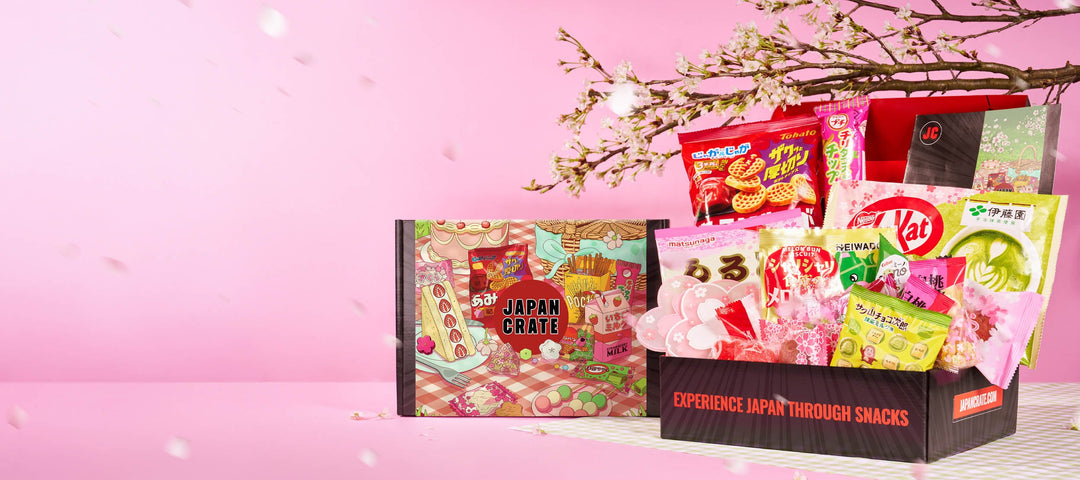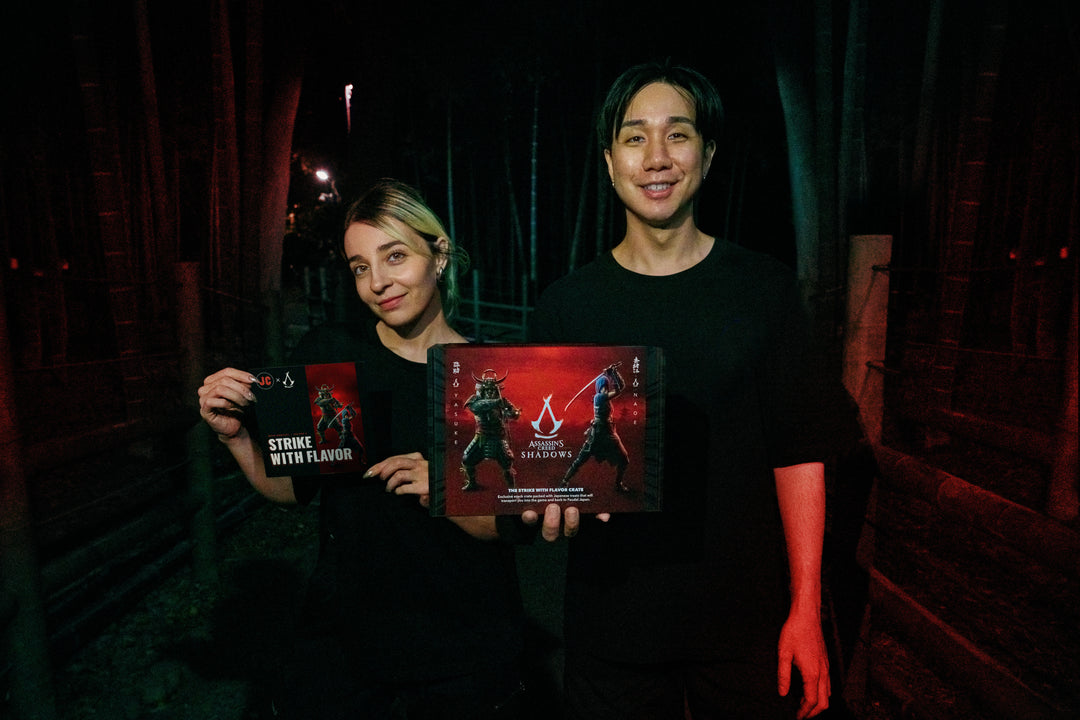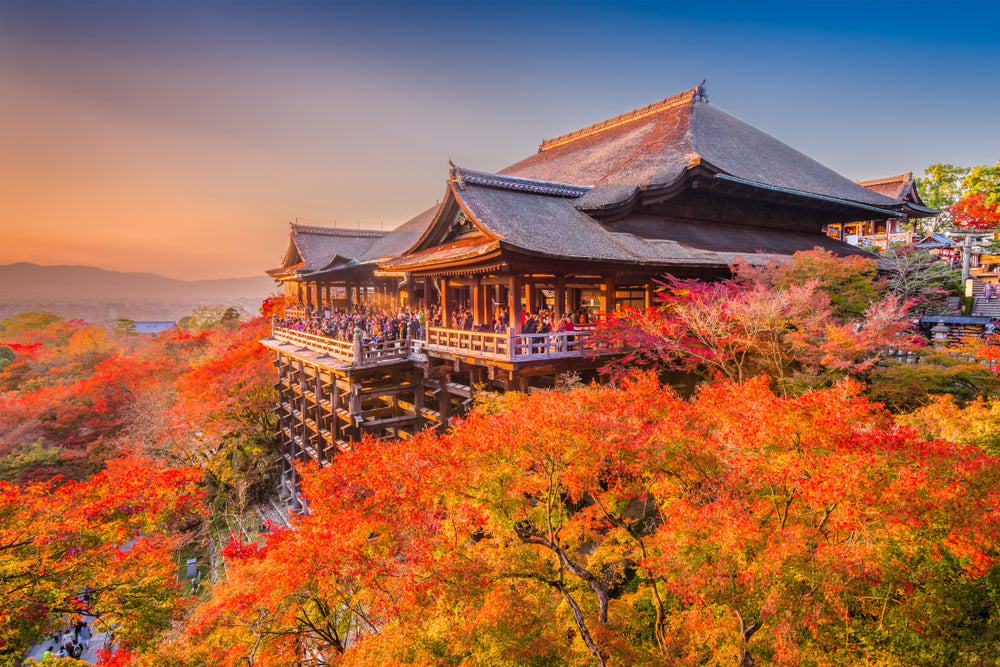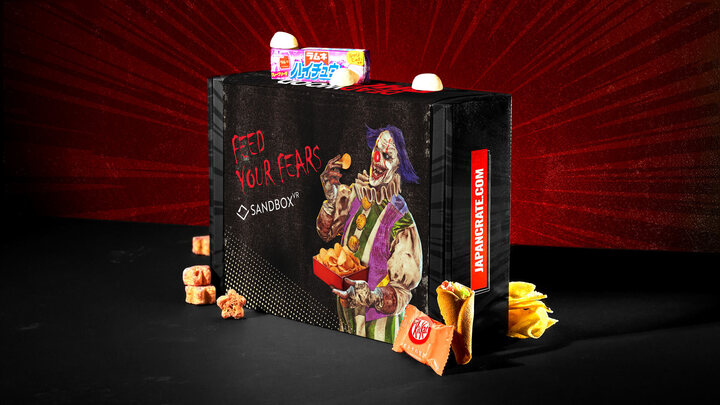What is Origami and its Origin?

Have you ever wondered how many folds and shapes you can do in just one square paper? Well, you can create a thousand things with a single piece of paper. This well-known Japanese art of paper folding is called origami. This type of art entails turning a blank piece of paper adornments into any object you can imagine. It could be a toy, an animal, a decorative item, a flower, or even an envelope. The only place Japanese origami can go is where your imagination can take it. But where and when did the art of folding paper begin? And how did this Japanese origami art spread to other countries? Read on to discover more all about origami.
What is Origami?

The Japanese art of origami is devoted to making sculptures out of folded paper, such as paper cranes, paper hearts, paper birds, and many variations of origami designs. The word "origami" comes from the Japanese words "oru" (to fold) and "kami," meaning paper. Additionally, it comprises making paper-based items without the use of glue, cuts, or marks. All you have to do is manipulate the paper deftly into the right form.
Origami today is becoming more widely acknowledged as a useful method for cultivating mindfulness and improving well-being. It takes perseverance and a single-minded focus to follow the steps and eventually bring the model to life. In fact, children in Japanese schools are taught the fundamentals of origami to simultaneously express new origami art and enjoyment. Furthermore, origami is a recreational paper folding art included in Japanese culture to encourage young people's inventiveness.
Origins of Japanese Origami

Japan first encountered paper in the sixth century. Paper folding began to take on its current ceremonial Shinto ritual at this time. It wasn't until Japan's Edo Period (1603–1868) that origami gained recognition as a pastime and art form. Improvements in paper folding techniques made colored washi paper widely accessible that it was institutionalized and widely performed. Prior to that, the samurai, buddhist monks, and other noble used origami as a status symbol and largely used it for ceremonial purposes like Shinto wedding ceremonies and Buddhism formal ceremonies. Paper-folding methods from around the world started to enter Japanese culture and impacted the history of origami.
Nowadays, Akira Yoshizawa, who created tens of thousands of unique designs, is significantly responsible for the present popularization of Japanese origami. Even his origami book Atarashi Origami Geijutsu (New Origami Art), which was released in 1954, served as the inspiration for the notational system for origami folds that uses dashed and dotted lines to signify various paper folds.
Most Popular Origami Designs
Various types of origami art continue evolving with contemporary origami interests and demands. It is indeed a massively popular art form in both Japan and other countries around the world. Generations have continued to pass down classic patterns through oral tradition and develop new ones. In addition to classic origami designs like the Orizuru, numerous modern origami creations are being developed today. Here are some of the most famous origami designs.
• Origami Paper Crane

The classic origami crane is arguably the most well-known type of origami. It utilizes a bird foundation, which is made up of a square base and two folded petals. It is stated that if you fold a thousand cranes, you will be allowed to make one unique wish.
• Origami Boat

This classic origami boat would definitely be one of the easiest origami projects for beginners. It's also a great toy because it floats on water. Fold two boats to make a kid's bathtub fleet.
• Origami Butterflies

One of the most beautiful insects is the butterfly, and origami butterflies are a common origami model used to embellish crafts and walls. They are simple to produce and look great in spring and summer decorations. Kids should be able to make this origami butterfly, perhaps with a little assistance, it is easy to intermediate in difficulty.
• Origami Box

This folded paper box is ideal for storing candies or snacks and is tapered so that whatever is inside will remain in place. These take a little longer to make than a typical Masu box, but the outcome is worthwhile. Make these to give out as party favors on special occasions.
Modern Japanese Origami Art Forms

Although paper cutting and gluing were once prohibited in origami ancient art, rules have changed greatly over time. Many origami books available contained instructions that require some cutting or gluing to boost the final design's stability. The fact that figures are no longer folded solely with origami paper is another example of how origami recreational folding has changed over time.
Nowadays, there are now more options than ever to learn, thanks to the introduction of innovative folding techniques and origami diagrams online. Origami artists may now design and plan new forms through mathematical origami and folding methods digitally rather than through trial and error, leading to more complex designs and beautiful folding geometries.

Origami is indeed a timeless art form, much like the other aspects of Japanese culture that surely taken the world by storm. Wherever you look, you will probably encounter several examples of origami, from advertisements, posters, greeting cards, fabric prints, lampshade designs, and frames. If you've never included paper folding in your bucket list, why not try it out and see for yourself how much better life is when you do? Visit the Sugoi Mart stationery collection and purchase the best washi paper for your next origami adventure.
It's Japan Crate Time!
Are you looking for the best collection of Japanese stationery items? Then, Inku Crate is perfect for you! Inku Crate offers fun stationery items you won’t find anywhere else. This crate is full of Japanese stationery items like notebooks, sticky notes, erasers, mechanical pencils, greeting cards, and washi tapes. Send yourself adorable, limited-edition Japanese-themed goods immediately with Inku Crate. Don’t forget to pair these new stationery goodies with a monthly delivery of exclusive Japanese snacks from Japan Crate! Just click this link to sign up right now.
Author Bio







Leave a comment